Fantasy Island is a collective publication from both Northern Ireland and the Republic that addresses some of the longest persisting ideas around the nation


Fantasy Island is a collective publication from both Northern Ireland and the Republic that addresses some of the longest persisting ideas around the nation
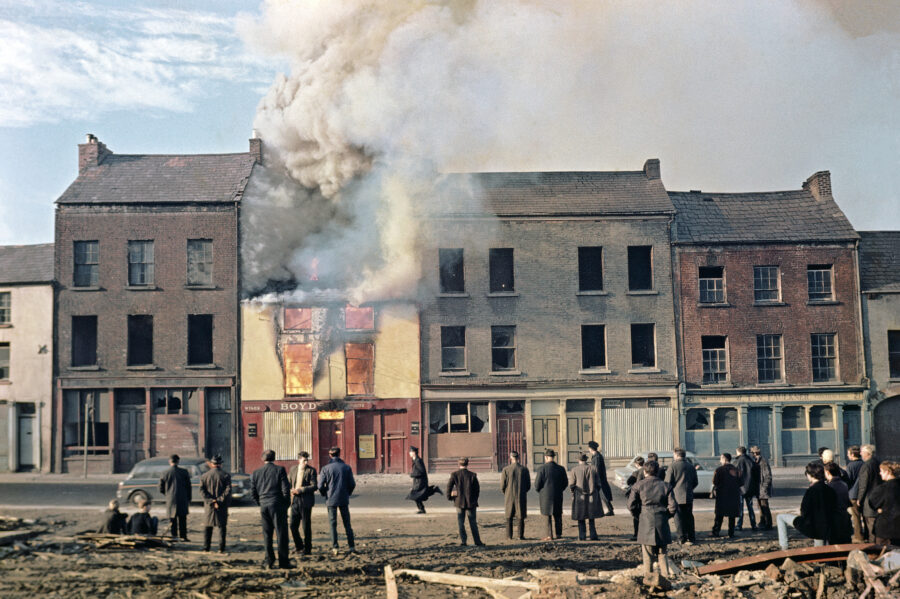
Akihiko Okamura photographed the Vietnam War before arriving in Ireland – and his view of the North’s sectarian violence was uniquely poetic
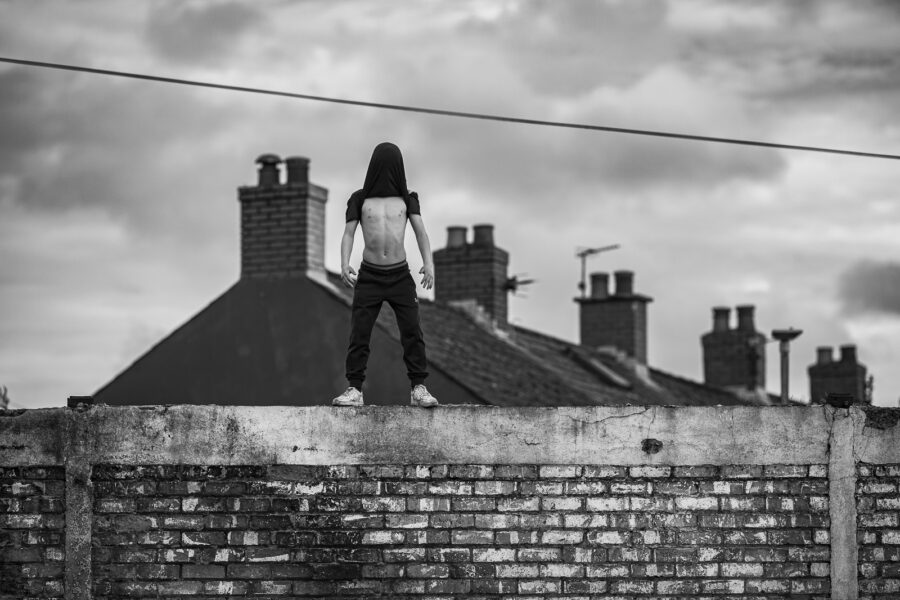
Photojournalist Mariusz Smiejek has spent much of his life attempting to understand conflict in the North of Ireland. His Belfast exhibition shows the lasting impact of the violence
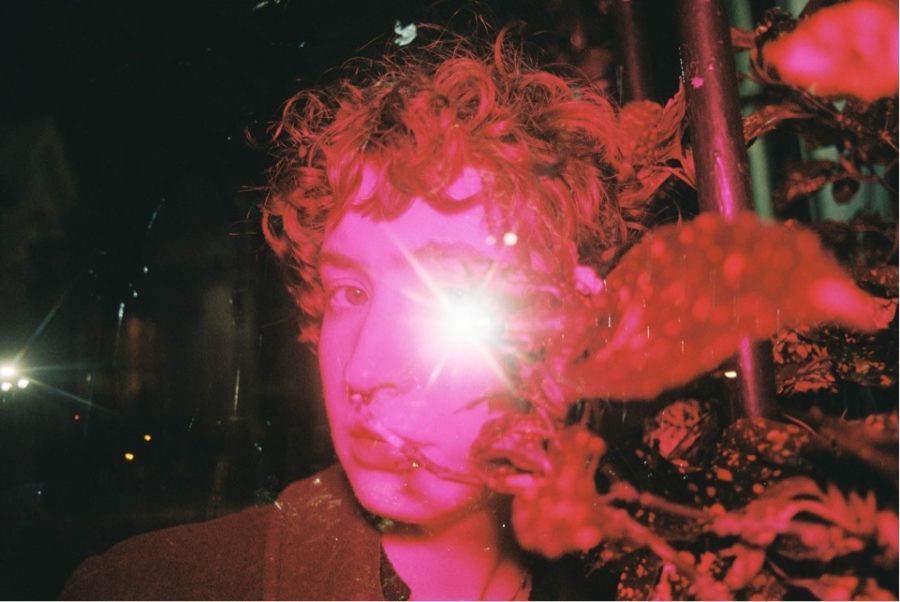
“It’s about lesbian alt. culture, it’s about growing up, and having a weird conflicted background – it’s about navigating youth in Northern Ireland,” says the 24-year-old artist, as she presents her first solo show in London
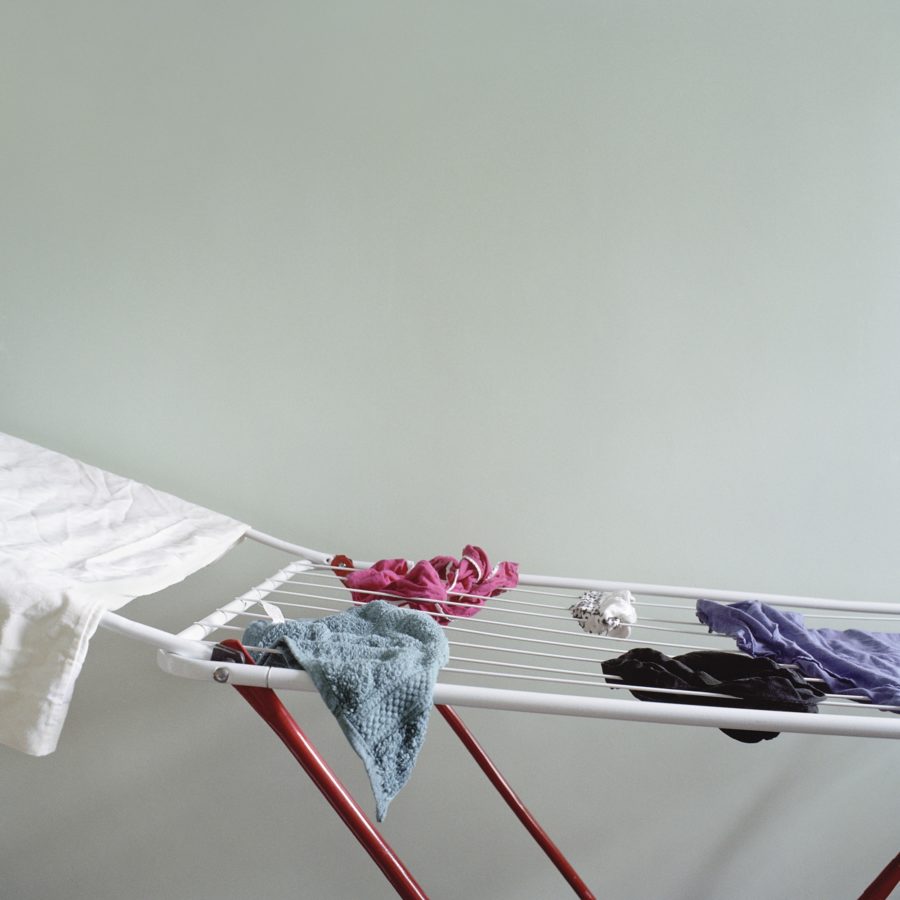
Despite the boldness of its statement, many of the exhibition subjects are absent from the work, given NI’s fraught record with LGBTQ rights
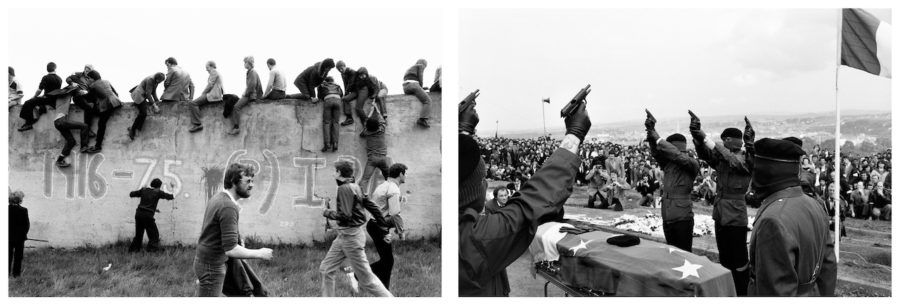
As the country enters an uncertain political and social landscape once more, Peress’ 2,000-page document of Northern Irish life in the 1970s and 80s feels more pertinent than ever
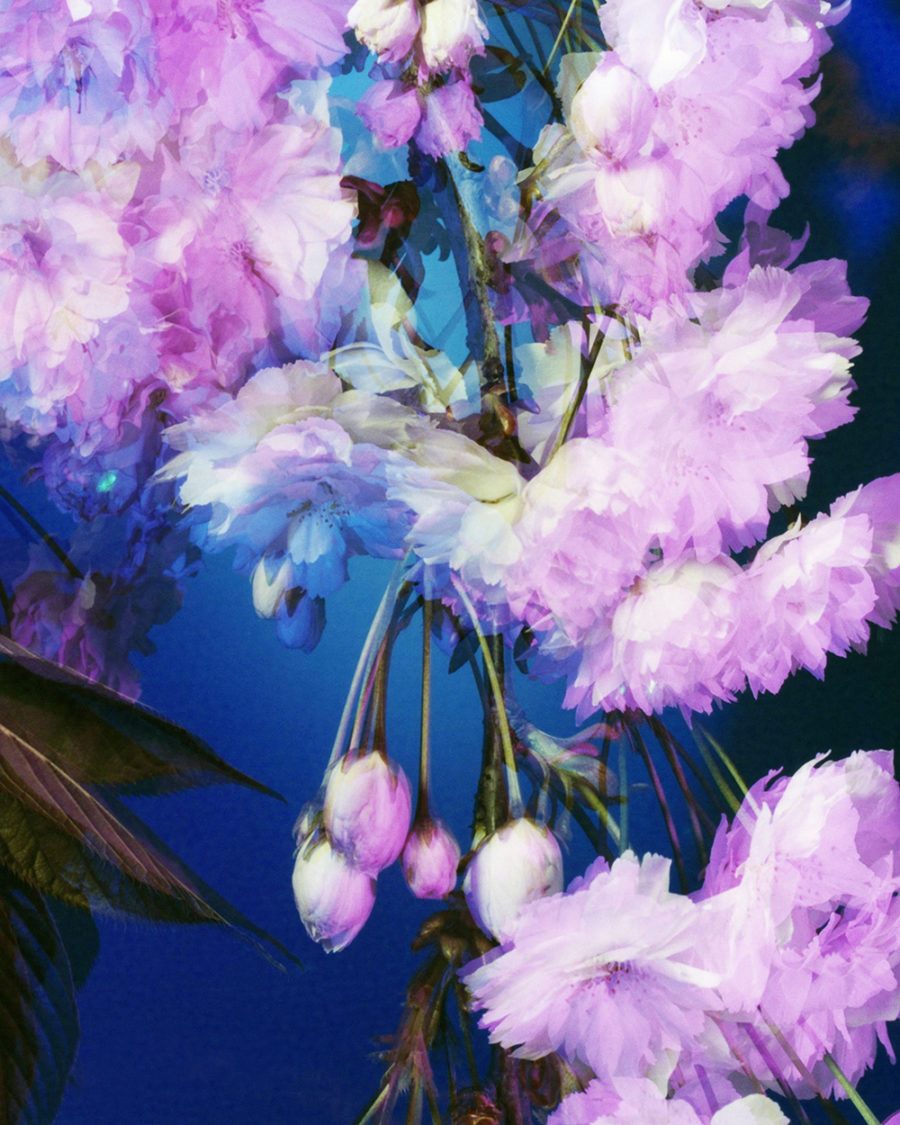
An exhibition of McConnell’s work, The Brighter the Flowers, the Fiercer the Town, goes on show at Seen Fifteen in Peckham this Friday 13 May as part of Peckham 24
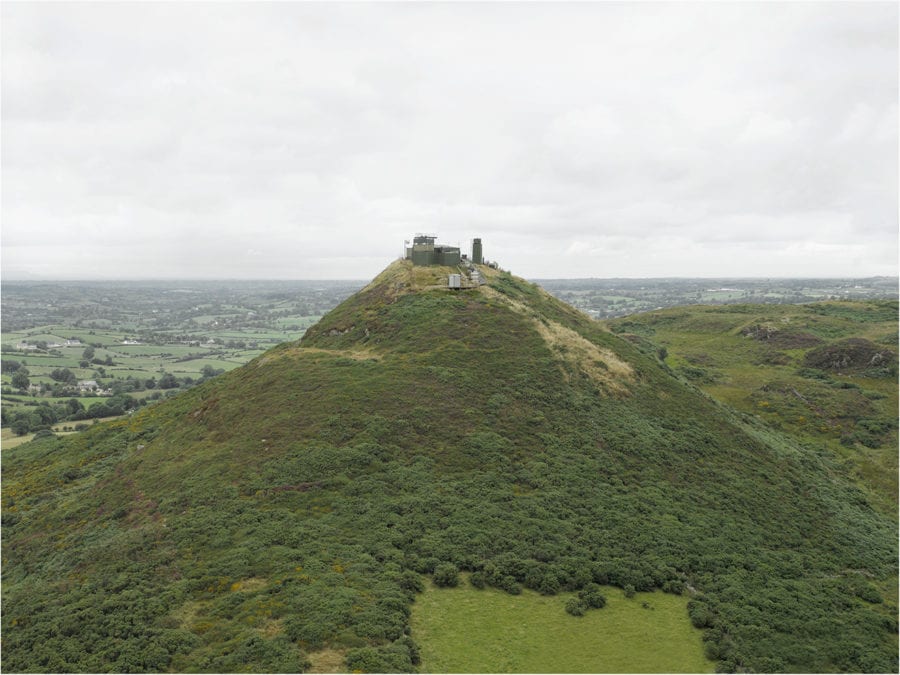
Photographer Donovan Wylie discusses past work, and the role of the artist in times, and places, of conflict

Before becoming a photographer, Sean Hillen was a tinkerer. As a young teenager, one of his favourite pastimes was to take apart his grandfather’s old cameras and then piece them back together again. It wasn’t long before he discovered that with a bit of tweaking he could fix a brand new 120 roll of film into an outmoded 620 camera. “I did that, I got them developed, and I was immediately addicted to photography”.
Hillen grew up through the Troubles in Newry, Northern Ireland, close to the border with the Republic of Ireland. “It was utter chaos,” he says. “I knew people who got killed, and I knew people who killed other people”. Hillen and his four siblings would lie awake in bed at night listening to gun battles, which were so frequent that they were able to distinguish between the sounds of different weapons.
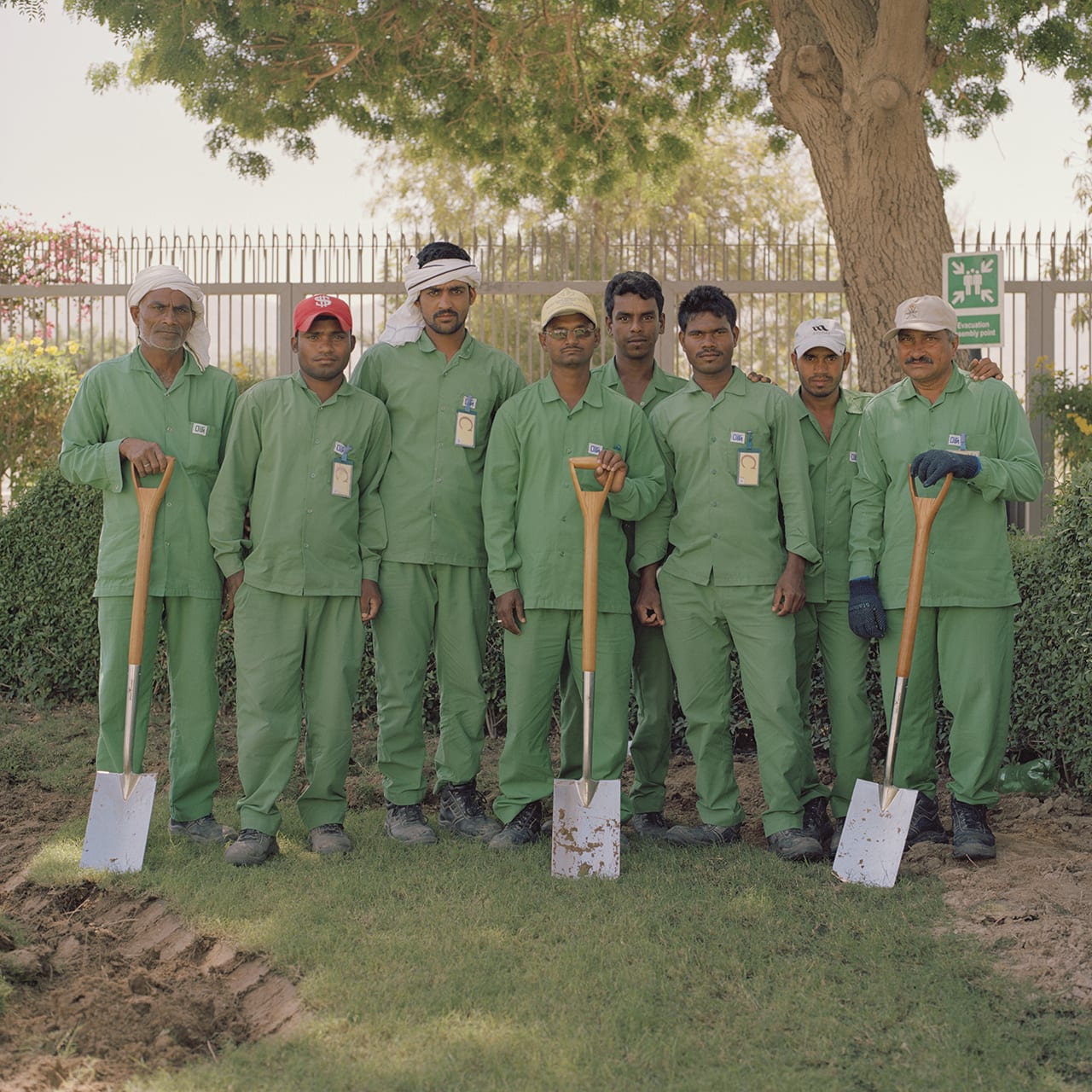
Titled XO, Josh Adam Jones’ graduation project investigates expatriate communities in Oman. “I had informed myself about Middle Eastern culture and the social landscape in the country before visiting, so upon arrival I was eager to embrace everything I was presented with,” he says. “The atmosphere was hugely welcoming, albeit stiflingly hot.”
Born in Cheltenham in 1995, and a recent documentary photography graduate from the University of the West of England, Jones says his inquisitive nature pushed him towards social documentary photography. “I like meeting people, so looking outwards, as opposed to photographing my own ‘backyard’, always felt natural,” he says. “Images have a wonderful potency that other mediums cannot quite match.”